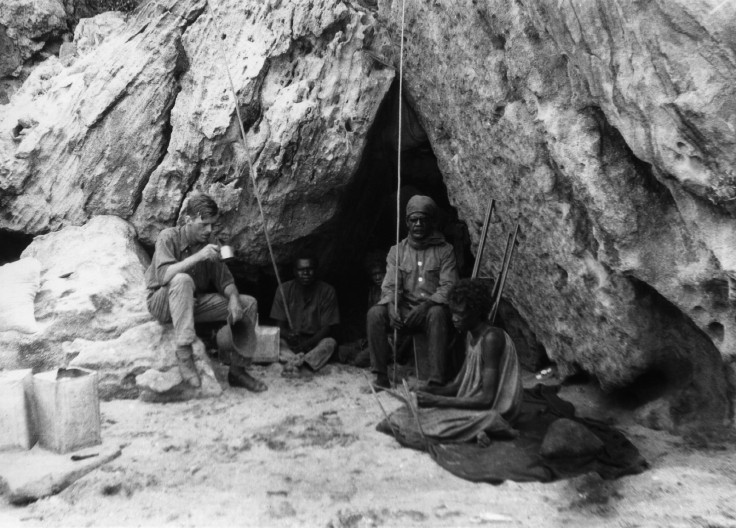DNA analysis supports Aboriginal Australians' 50,000-year connection to land
The first regional analysis of Aboriginal genetic history will be used to construct genealogies and repatriate artefacts.
Communities of Aboriginal people of Australia have continuously lived in the same region of land for longer than any other group on the planet, finds a broad genetic analysis from historical hair samples.
After arriving from Africa in a single wave of migration more than 50,000 years ago, the ancestors of today's Aboriginal Australian people split into two main groups, one moving down the western coast and the other down the eastern coast.
After this relatively fast migration, the Aboriginal populations settled and remained more or less where they were ever since, according to genetic analysis of 111 historic hair samples. The research is published in the journal Nature.
The hair samples were collected from Aboriginal Australian people, with permission, in a series of anthropological expeditions between 1928 and the 1970s, which were then kept in the South Australian Museum for decades. The analysis of the historic hair specimens was designed with the guidance of Aboriginal elders and professional ethicists.
"Aboriginal people have always known that we have been on our land since the start of our time," said Kaurna Elder Lewis O'Brien, one of the original hair donors.
"But it is important to have science show that to the rest of the world. This is an exciting project and we hope it will help assist those of our people from the Stolen Generation and others to reunite with their families," O'Brien said, who was on the study's advisory group.
The study is the start of a 10-year project on retracing Aboriginal people's ancestry, and will also be used to help repatriate Aboriginal artefacts displaced by the European colonisation of Australia.

"Amazingly, it seems that from around this time the basic population patterns have persisted for the next 50,000 years – showing that communities have remained in discrete geographical regions," said study author Alan Cooper of the University of Adelaide.
"This is unlike people anywhere else in the world and provides compelling support for the remarkable Aboriginal cultural connection to country.
"We're hoping this project leads to a rewriting of Australia's history texts to include detailed Aboriginal history and what it means to have been on their land for 50,000 years – that's around 10 times as long as all of the European history we're commonly taught."

© Copyright IBTimes 2025. All rights reserved.






















